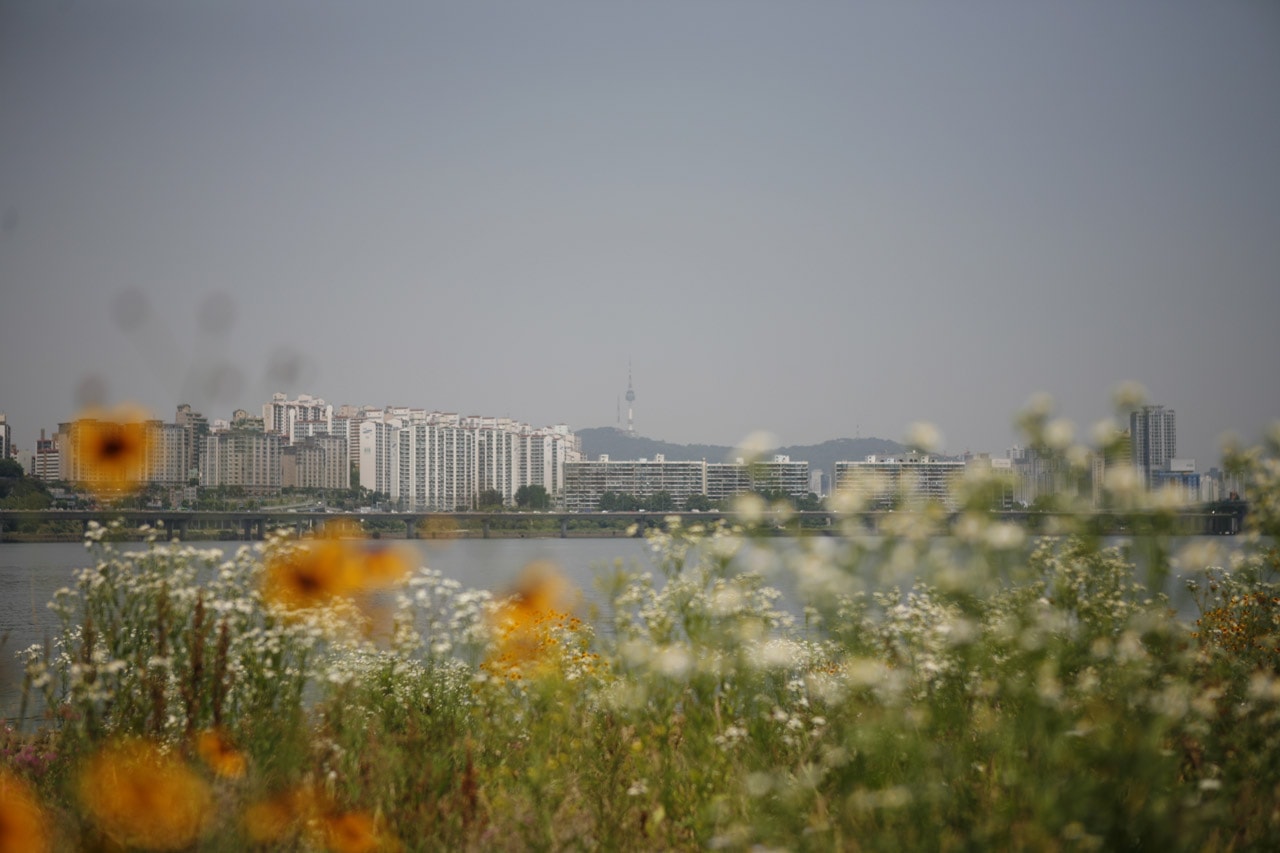Indeterminacy and Multiplicity
What is landscape urbanism? What do we envision—we, who design in cities, who create landscapes, and who imagine the possibilities and potential of future urban environments? What do you want to see and do—you, who work and live in cities and the surrounding regions? What are our goals and objectives, and do they cohere, conflict, or cohabitate?
Are landscape urbanists intentionally avoiding concrete answers, side-stepping specifications and detailing because we cannot articulate or formulate our visions—be they broad regional plans or at the fine-grained materiality of a specific site? Are we charismatic chimeras who spin tales and pretty pictures that evaporate at the first sign of hammers and nails, contracts, and bluebooks?
We are doing something different. We are in uncharted territory because we are spinning new narratives. We are taking on new responsibilities, and we are approaching challenges with faceted lenses, recognizing and incorporating—with sense and sensibilities—the vast variety of interests, concerns, investments, and collisions that are the landscape of cities.
In 2011, the making of the first version of this website—landscapeurbanism.com—was a kind of SimCity game with all the anticipatory glee, hope, and stumbles. On top of the pins and needles of constructing the site itself—acquiring and editing content, marketing and outreach—whole sections of the site were scrapped and months later re-introduced; endless iterations of workflow management were posted and trashed; and hours were spent pondering puzzles and formulating systematic answers in memos and diagrams—e.g., is landscape urbanism capitalized? Caveats aside, we say no. Why? We err in the belief that landscape urbanism is a study, with parameters, but not an ideology. One conundrum among many.
Photo by Kevin Saavedra
Working with the many writers, designers, practitioners, editors, advisors, and investors, without whom the site would have been never realized, was an incredible and gratifying experience. With every decision and detail looming large, threatening or hearkening some unknown, this site became, and still is, a work in progress with more to come.
In this issue, we examine landscape urbanism’s origins and future potential; its coherences and incoherencies; and working definitions that hold the seemingly conflicting factors of space, time, indeterminacy, and multiplicity. We have tried to create a resource and tool for the designer, for the city dweller, for the scholar, and for the curious. In doing so, we hope to stimulate your mind, delight your senses, offer reference and inspiration, and provide a platform for thoughtful discussion.
Inside this issue, you’ll find Christopher Gray and Shanti Levy illuminating the antecedents and legacies of landscape urbanism, while Gerdo Aquino calls for more built works to bolster its role. We also join as Laura Tepper scurries across Dutch highways wondering what happened to a West 8 installation. In light of the remarkable software developments now taught and applied in our field, Andrea Hansen pulls together the evolution of computational representation techniques and how these digital tools imprint form on land. Lauren Manning, a visual information designer, looks at four tools for data representation in her analysis of diagrammatic, infographic, mapping, and narrative forms of visual storytelling. And finally, despite all of the digital technology at our fingertips, we return to the act of a few people gathering to talk, in person or over the phone. Meg Studer sits with Charles Waldheim to collect his thoughts on landscape, ecological, and infrastructural urbanisms with regard to recent global events; and we are re-issuing an essay by Waldheim asserting the need, despite the current proliferation of urbanism modifiers, for a progressive, ecologically informed urban practice.
Cities are intricate places, built in mish-mashed layers. Similarly, conversations collide and overlap—a jumble of ideas that obscure or emerge with every exchange. We are not singularly focused or unidirectional in our modes of design, nor have we settled on one tool of communication. Every project and conversation—each iteration—offers a lens to view, describe, or alter our work and world. This first collection of essays looks both at what we mean when we use the words “landscape urbanism,” at how we tell the stories of landscape urbanism, and in the telling, how we can continue building.
For the editors, the past few years has been a unique privilege synthesizing and coordinating a rush of ideas, feedback, enthusiasm, and efforts from many talented people and remarkable firms, publications, and organizations. Our worlds have cracked open through all those we have met and who have entered into conversation with us. We are so grateful. And we hope that your world is opened too. We welcome your comments. Please, join us, and let us know what you think.
Visitors looking for the first two volumes of Landscape Urbanism can find the original articles in the archive pages.
 Sarah Kathleen Peck is a writer, designer, and storyteller. In 2011, she created the LandscapeUrbanism.com website and served as the co-editor of landscape urbanism journal issues 01 and 02 and the editor of the website. Her work lies in the spaces between environments, technology, communications, and strategy. She grew up in Palo Alto, and graduated with a BA in Psychology from Denison University and an MLA from Penn Design. She currently writes and teaches storytelling workshops across the country.
Sarah Kathleen Peck is a writer, designer, and storyteller. In 2011, she created the LandscapeUrbanism.com website and served as the co-editor of landscape urbanism journal issues 01 and 02 and the editor of the website. Her work lies in the spaces between environments, technology, communications, and strategy. She grew up in Palo Alto, and graduated with a BA in Psychology from Denison University and an MLA from Penn Design. She currently writes and teaches storytelling workshops across the country.
Eliza Shaw Valk served as co-editor of LandscapeUrbanism.com from 2011-2013 and was co-editor of landscape urbanism journal issues 01 and 02. As a landscape architect and artist based in New Haven, Connecticut, she works to integrate ecological processes, resource management, and socio-economic needs into the design of resilient, accessible, and adaptable land use systems. She grew up in New York City and Kansas, and graduated from Oberlin in art. Eliza holds master’s degrees in landscape architecture and city planning from the University of Pennsylvania.

